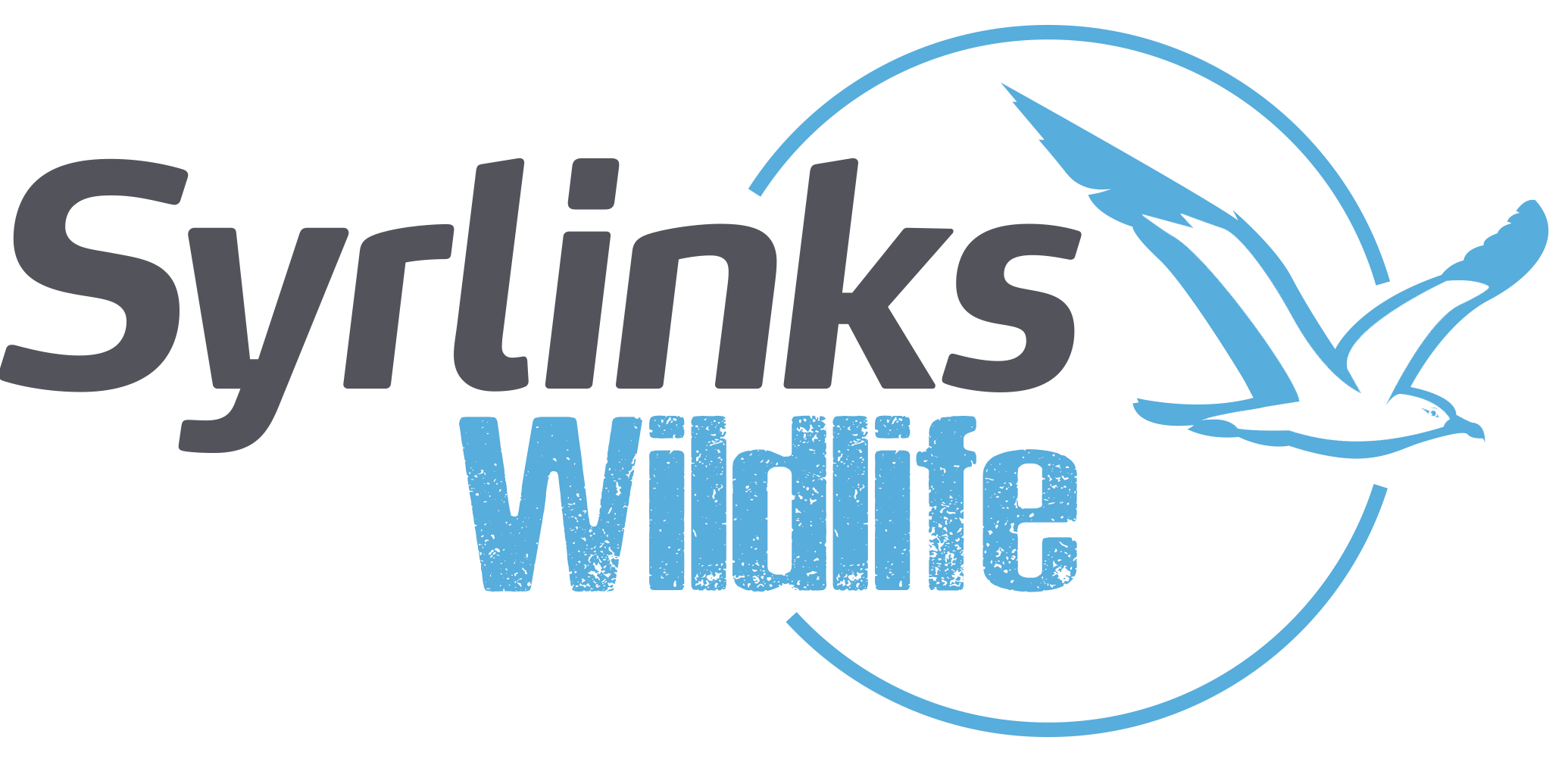
Study and protect wildlife with Argos tracking PTT
Today, thousands of animals are tracked everywhere around the world thanks to various localization systems: VHF, satellite systems, … Thanks to satellites, scientists can monitor major migrations and analyze the behavior of animals facing the destruction of their habitat or climate change.
The Argos system is the only global satellite network for localization and data collection dedicated to the study and protection of the ecosystem. Argos combines localization and data acquisition allowing biologists and scientists to improve their understanding of animal behaviors: migrations, strategies, diets, breeding period, adaptation to the surrounding environment. Results from these analyzes contribute to the establishment of protection measures for endangered species by preventing, for example, the construction of a highway on migration routes or by prohibiting fishing during breeding periods, …
With the advent of miniaturized electronics and satellite technologies, different models of beacons compatible with the Argos system have appeared. These Argos beacons contain a transmitter that can be recognized and located anywhere on Earth’s surface by satellites in the Argos constellation. The data is then retransmitted from satellites to French and American processing centers. It’s the operator CLS – Collect Localization Satellites – subsidiary of the French National Center for Space Studies (CNES), that operates the Argos System. Today, CLS-Argos counts more than 7 000 animals tracked by scientists around the world. The miniaturization of Argos beacons has allowed smaller animals to benefit from this technology and to be better studied and protected.
The number of Argos satellites dedicated to animal tracking has also increased significantly. The system also provides more and more accurate localizations, allowing scientists to conduct more comprehensive studies. Receivers have also evolved over time, becoming more sensitive and offering an expanded message reception frequency band.
Syrlinks, developer and manufacturer of Argos compatible beacons, markets the Argos Bird beacon. This new transmitter weighs only 25 grams and works with solar panels making it very enduring. The Argos Bird beacon is also coupled with a very precise GPS system allowing to locate an animal at about ten meters.
To equip an animal with an Argos tracking beacon, the animal must be in contact at least once with a human being to install the equipment. For optimized monitoring and to not change the behavior of the animal, the Argos beacon must be relatively light (not exceed 3% of the weight of the animal), blend with the color of the animal, be aero or hydrodynamic, and allow a quick fixation. The Argos beacon must also withstand the lifestyle of the species studied, without endangering or injuring the animal. This includes air or water pressure, corrosion, tearing attempts, …
Finally, the Argos system has a significant advantage over other non-satellite systems: once the Argos beacon is installed on the animal, the user can collect data almost in real time without having to move, simply by connecting of the CLS-Argos web interface.
Related Articles
Related
No Results Found
The page you requested could not be found. Try refining your search, or use the navigation above to locate the post.
